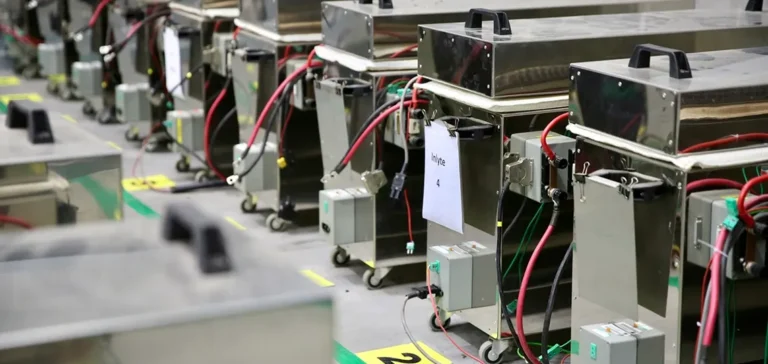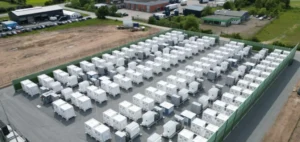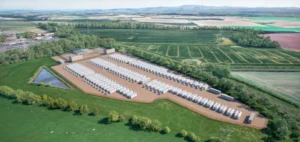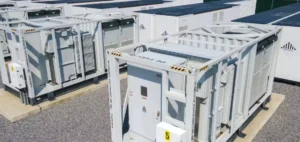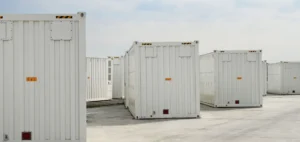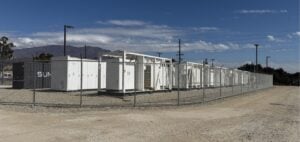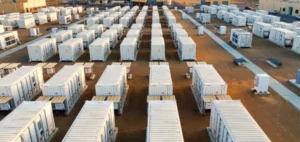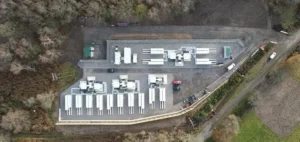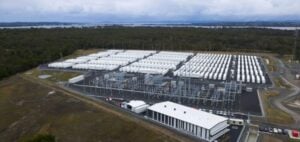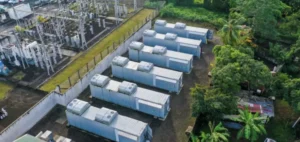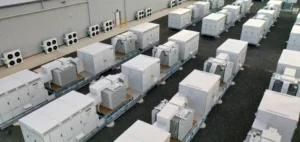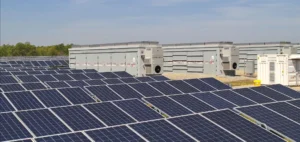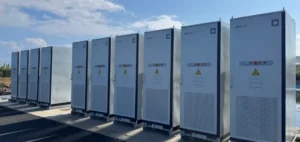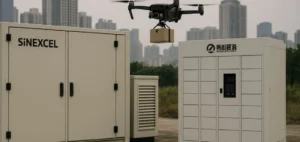Inlyte Energy will install a 200 kW / 4 MWh iron-sodium battery system at Alliance Redwoods Conference Grounds, a designated community evacuation site located in Occidental, Sonoma County. This project, carried out in partnership with Vital Energy Solutions, aims to secure the energy supply for an area classified as high fire risk, with the goal of ensuring electricity delivery during grid outages.
A backup solution for critical sites
This system is intended to replace the use of diesel for backup power generation. According to Inlyte Energy, the battery will provide up to two weeks of autonomous supply, while supporting a microgrid network that will integrate a planned 570 kW solar power plant on site. The centre’s annual electricity costs are expected to decrease by nearly $300,000 through optimised consumption and the elimination of thermal generators.
The iron-sodium technology developed by Inlyte Energy is notable for its domestic manufacturing and resistance to high temperatures, qualities that are particularly suited to the climate challenges of fire-prone areas. The system is also non-flammable, meeting heightened safety requirements for strategic infrastructure.
A replicable model for risk management
Alliance Redwoods serves as a reception centre during evacuations and, as needed, a support base for firefighting services. The new system will also benefit the Russian River Utility water pump station, an essential facility for potable water supply and wildfire protection.
Sonoma County-based Vital Energy will oversee project development, engineering, and construction, as well as integration of the microgrid. The operational start-up is scheduled for 2027. The initiative is part of the US Department of Energy’s energy resilience programme, which is providing a $4.1mn (about €3.8mn) grant to support project delivery.
Validation and outlook for other at-risk territories
Battery performance will be validated by third-party institutes, notably Electric Power Research Institute and Pacific Northwest National Laboratories, to assess the system’s reliability under real operating conditions. This hybrid microgrid model, combining long-duration storage and solar production, could be deployed at other sites exposed to similar risks to reinforce regional energy security.
The Alliance Redwoods project marks a milestone in the search for local solutions to the vulnerability of critical infrastructure amid the rise of extreme weather events. The system implemented reflects the sector’s efforts to address the need for continuous power supply and reduced operating costs as network pressures intensify.


